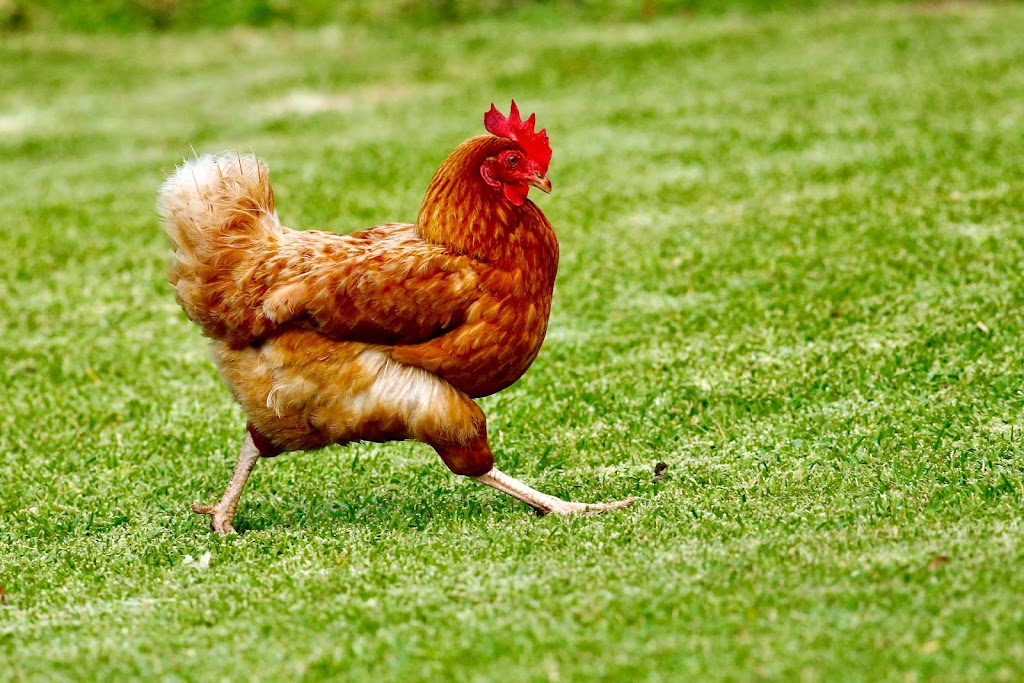Advancements in technology have made it possible to determine the gender of a chicken before it hatches from its egg.
This is achieved through a process called “in ovo sexing,” which involves screening the eggs to determine the sex of the developing embryo. Traditionally, determining the sex of chickens has been a time-consuming and costly process that involves waiting for the chicks to hatch and physically inspecting them.
However, the ability to screen eggs for gender has the potential to revolutionise the poultry industry, particularly in terms of improving animal welfare and reducing environmental impact.
( Photo from James Wainscoat / unsplash )
Why is identifying gender in chicken eggs important?
Gender identification in chicken eggs is an important process that has been gaining traction in recent years. With the development of new technologies, it is now possible to identify the gender of a chicken embryo before it hatches from the egg.
This has several benefits, including reducing the number of male chicks that are culled, which is a common practice in the poultry industry.The technology has improved significantly in recent years, making it a more accessible and affordable option for poultry farmers.One of the main reasons why identifying the gender of chicken eggs is important is because of the issue of male chicks.
What happens to the male chicks?
In the poultry industry, only female chicks are required for egg production, while male chicks are seen as a by-product and are often culled shortly after hatching. This process is done because male chickens do not grow as fast or as big as their female counterparts, making them unsuitable for meat production.
This practice has been a major point of controversy for animal welfare activists, who argue that it is cruel and unnecessary. According to estimates, up to 6 billion male chicks are culled every year worldwide, which is a staggering number. This has prompted calls for more sustainable and ethical practices in the poultry industry.
(Photo from Jan Baborak/ Unsplash )
By identifying the gender of chicken eggs before they hatch, it is possible to reduce the number of male chicks that are culled. This is because farmers can separate the male and female eggs early on in the incubation process, which means that only female chicks will hatch. This not only reduces the number of male chicks that are culled but also reduces the cost and environmental impact of raising and feeding them.
Screening eggs technology
There are several technologies that can be used to screen eggs for gender. Some of the most commonly used methods include:
1. Spectrophotometry
This technique uses a light source to measure the absorbance of light by the eggshell. The eggshell of a female embryo absorbs more light than a male embryo, which allows for the determination of gender.
2. Fluorescence Spectroscopy
This technique uses a laser to excite the eggshell, causing it to emit fluorescence. The fluorescence pattern of the eggshell can be used to determine the gender of the embryo.
3. Near-Infrared Spectroscopy
This technique uses light in the near-infrared spectrum to analyze the eggshell. The eggshell of a female embryo absorbs more near-infrared light than a male embryo, which allows for gender determination.
4. Endoscopy
This technique involves shining a light inside the egg to visualize the embryo. The gonads of a female embryo are visible earlier than those of a male embryo, allowing for gender determination.
These techniques have varying degrees of accuracy and cost, and each has its own advantages and disadvantages.
-
Spectrophotometry is one of the most commonly used techniques because it is relatively inexpensive and easy to use.
-
Fluorescence spectroscopy and near-infrared spectroscopy are more expensive but can provide more accurate results.
-
Endoscopy is a relatively new technique that requires specialized equipment but can provide the most accurate results.
Overall, these technologies are a promising solution to the issue of male chick culling in the poultry industry. With continued research and development, they have the potential to improve the welfare of animals and create a more sustainable and ethical food system
Determining the sex of a chick when hatched is an important aspect of the poultry industry. It allows farmers to separate male and female chicks, which is important for efficient breeding, disease control, and animal welfare. There are several methods for sexing chicks, including visual inspection, vent sexing, and DNA analysis. Each method has its advantages and disadvantages, and the choice of method will depend on various factors such as cost, accuracy, and availability.
Advances in technology have also led to the development of newer, more accurate methods such as hyperspectral imaging and near-infrared spectroscopy. Overall, the ability to accurately sex chicks is a crucial part of modern poultry production, and continued research and development in this area will help to ensure a more efficient and sustainable industry.




